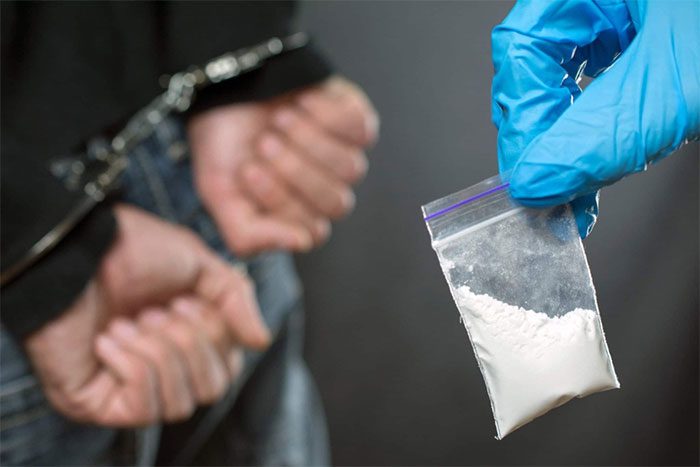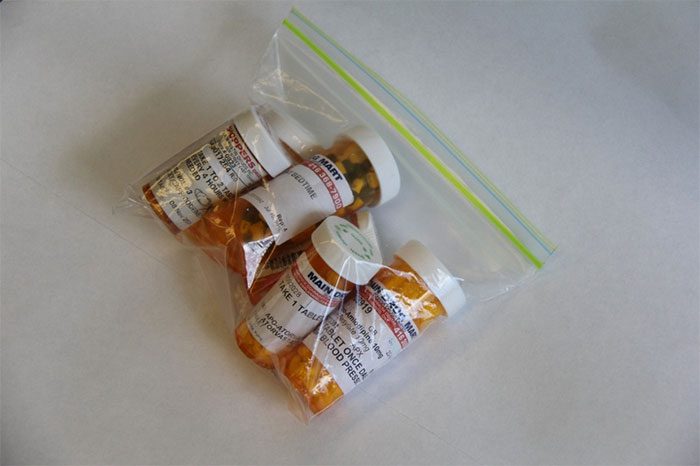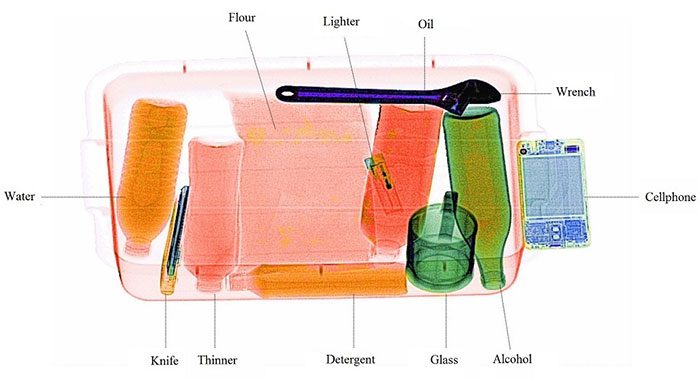Although airport scanners today are highly modern and advanced, detecting hidden drugs in luggage requires different technologies.
Many social media users have questioned how the Import Luggage Procedures team detects such incidents during inspections. Currently, airports around the world have various methods for detecting drugs concealed in luggage.

Detecting drugs in luggage at airports requires special technologies. (Image: Smith Detection).
Methods for Detecting Drugs at Airports
The primary goal of airport security personnel is to ensure safety. Therefore, the technologies used in scanning are fundamentally designed to detect weapons or other dangerous items. As a result, identifying drugs or prohibited substances can be more challenging.
According to lawyer Scott Welsch in London, technically, airport security scanners cannot directly detect drugs.
The scanner’s job is to clearly display various goods and individuals passing through using X-ray technology, allowing security personnel to inspect suspicious luggage. They may also request passengers to open their luggage for direct inspection.
According to information from Defensebridge, in addition to millimeter wave scanners, airports also utilize metal detectors and probes for security personnel to detect drugs. These devices are designed to pick up small metal traces, which can alert authorities that something is amiss with the items in question.

Some sedatives and painkillers can also be detected by drug-scanning technologies. (Image: TheStar).
Probes can also be used for further inspection of the contents inside luggage, allowing operators to examine details without invading passengers’ privacy.
Defensebridge also indicates that ATI (Advanced Imaging Technology) is considered the latest security scanning technology. It produces detailed images of concealed objects within luggage and uses advanced software algorithms for analysis.
AIT is known to be more accurate than traditional security screening methods and is better equipped to detect drugs such as cannabis, cocaine, and methamphetamine.
Finally, another measure for detecting contraband at airports is the Narcotics Trace Detection Equipment. These trace detection devices are used to identify drugs or explosives in passengers’ luggage.
These machines work by releasing gas into containers like suitcases and detecting the presence of substances that match those in the scanner’s library. This technology is designed to identify residual traces from explosives, drugs, pharmaceuticals, and other materials that may threaten aviation security.
How X-ray Scanners Work
X-ray luggage scanners are among the devices used for security checks at airports to detect dangerous items in passengers’ carry-on luggage before boarding, such as bombs, grenades, firearms, or flammable materials.
According to information from Science Focus, X-ray technology is emitted from one side of the machine and captured by a pair of detectors on the opposite side. Luggage placed on a conveyor belt enters the inspection cabin, crossing the path of these X-rays and absorbing some of their energy.
This means that the X-rays passing through items will transmit less energy than the remaining X-rays. By comparing the outputs of the two detectors, the machine can generate an image displaying the location and shape of objects inside.

Real image compared to the model on the X-ray scanner. (Image: Prunderground).
Objects inside are then differentiated by color. Specifically: Orange indicates items made of organic materials like plastic, paper, or various foods, while blue or green is used for metals and glass such as pliers, scissors, water bottles, etc.
Green or black indicates items that require further attention and will be examined more closely, especially if their shape resembles weapons or other dangerous objects. The denser the material, the darker the color.
Explosives, flammable materials, weapons, guns; chemicals such as pepper spray, acid; sharp-edged or pointed objects; tools capable of causing injury, etc., are all prohibited from being taken aboard.
It is worth noting that everyday items like fruit knives, razor blades, box cutters, scissors, and toy replicas of weapons are also banned from being carried by individuals or in luggage in passenger cabins.





















































